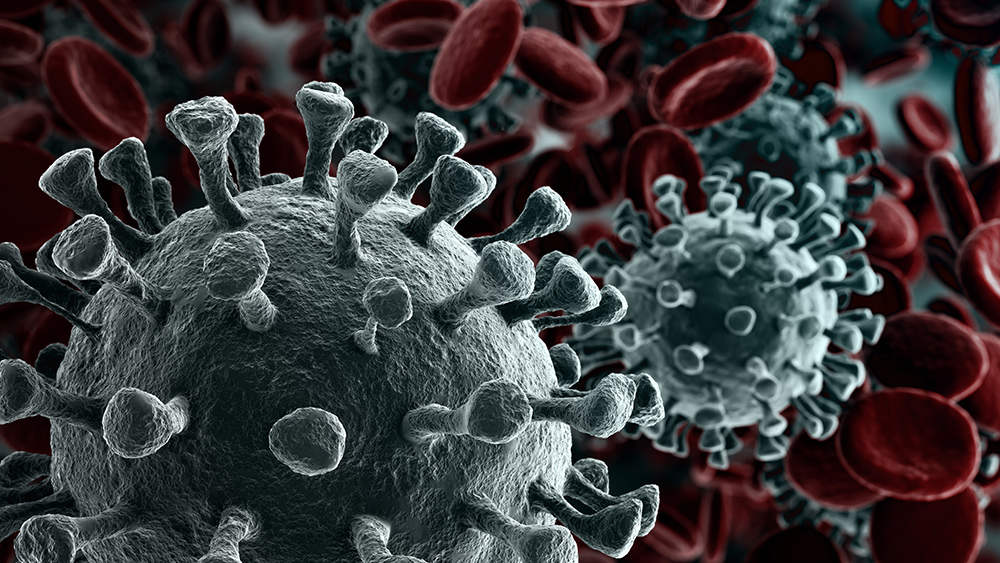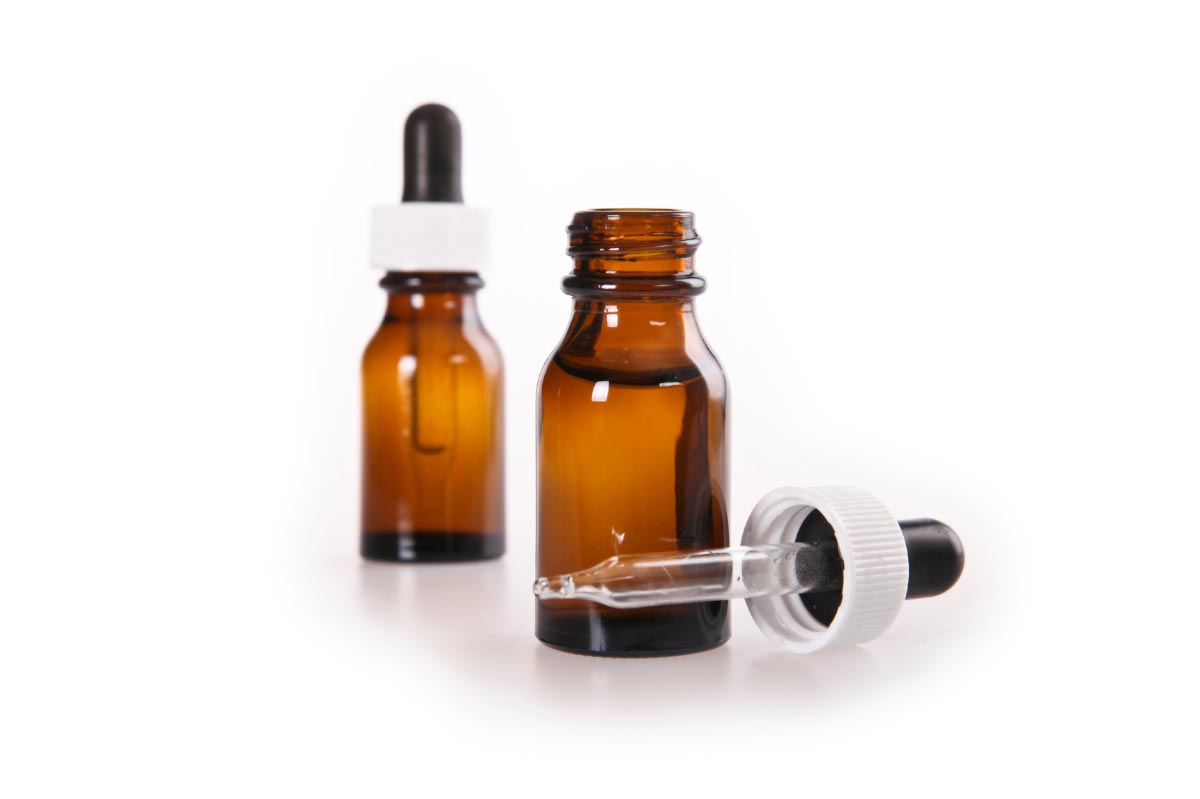Study shows “brain zapping” can help improve your memory
02/10/2020 / By Arsenio Toledo

A new study, published in the Journal of Cognitive Neuroscience, found that giving your brain a tiny zap can help stimulate parts of it that deal with memory, specifically the prefrontal cortex. Participants of this study were around 15.4 percent more likely to recall fuzzy memories, according to co-author of the study Jesse Rissman, assistant professor at the University of California, Los Angeles.
“We found dramatically improved memory performance when we increased the excitability of this region,” said Rissman. “We think this brain area is particularly important in accessing knowledge that you formed in the past and in making decisions about it.”
Rissman and his team tested 72 people over the course of two days. The average age of the participants was 20 and there were 39 women and 33 men. On the first day of the study, the participants were shown 80 words and were asked to recall them in context because they needed their participants to recall episodic memories.
For example, if the word given to a participant was “car,” he would be asked to imagine himself or someone else having an interaction with the car. To remember the word “car” isn’t an episodic memory; to remember driving a car is. (Related: Memory and sleep: Researchers finally discover why getting sufficient sleep dramatically boosts brain performance.)
A tiny zap is all it takes to remember
On the very next day of the study, the participants were given an evaluation on whether or not they could recall seeing certain words from the previous day. While this test was going on, the participants were hooked up to two electrodes and a nine-volt battery. The electrical currents are delivered through a transcranial direct current stimulation (tDCS) device. According to the study’s lead author, Andrew Westphal of UCLA and UC San Francisco, the tDCS gives most people a mild tingling sensation for the first few minutes of its application.
The tDCS device gave their brains a tiny zap that lasted for no longer than a minute. However, the participants weren’t told that their brains would only be zapped for a minute. This setup, known as a sham stimulation, was supposed to give the participants the idea that they were continuously being zapped and that they just got used to the feeling as time passed.
The 72 participants were divided into three groups. The first group received more zaps to increase the activity in parts of the brain known to be important for recalling episodic memories. The second group received a “backward current,” because the researchers wanted to figure out whether this kind of electricity decreases the activity of brain cells. The third group, the control, received the sham stimulation.
At the end of the study, the first group did better on their memory tests by 15.4 percent, while there were no significant improvements in the tests of the two other groups.
More research is needed
The tDCS devices that Rissman and his team used are commercially available. However, he advises against anyone trying this outside of a supervised research setting because it can lead to complications. “The science is still in an early stage,” he said. “If you do this at home, you could stimulate your brain in a way that is unsafe, with too much current or for too long.”
According to Rissman, this may be the first study that has tested what happens if electrical stimulation is applied to try and jog somebody’s foggy memories. However, he concedes that more research is still needed. For example, Rissman isn’t entirely sure whether or not the electrical stimulation wasn’t also affecting other parts of the brain, despite them being targeted specifically at the prefrontal cortex. He also wants to do more experiments to understand how consistently you can rely on the zaps to boost episodic memory recall and to figure out what kinds of memories can be more efficiently recalled by brain zapping.
Sources include:
Tagged Under: brain function, brain health, brain zapping, cool science, Cures, discoveries, electric stimulation, electromedicine, episodic memory, memory, memory recall, natural cures, natural medicine, neurology, remedies, research, weird science



















